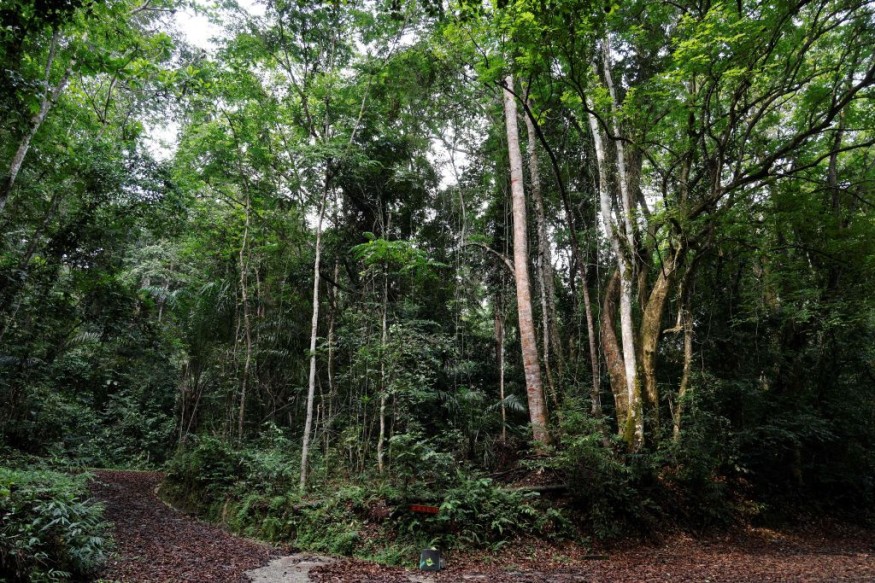Africa is known as one of the cradles of civilization where our human ancestors first emerged. Currently comprising of 54 countries, the continent comprises of different terrestrial habitats, ranging from deserts, grasslands, and forests. Some landlocked countries also have aquatic habitats like rivers and lakes amid relative warm and dry conditions. However, Africa was different back then.
Prevailing scientific evidence, including stone carvings from our ancient ancestors depicting livestock and different animals, suggests Africa's massive Sahara Desert was once green several thousands of years ago. While some parts of central Africa have both forest and grasslands now, its northern region is full of sand and rock where the world's largest hot desert is located.
Now, a new study led by an international team of scientists supports the said evidence of a once green Africa. However, the study this time has found evidence of the continent's habitat as far as 21 million years ago, describing it to contain wooded grasslands with forests from coast to coast.
Furthermore, the recent findings also suggest the ancient habitat allowed our earliest ape ancestors to evolve, in terms of anatomy, behavior, and ecology. While the Africa wooded grasslands are not entirely responsible for such development, the scientific team involved in the new paper there are still other factors involved that took place millions of years ago.
Africa Wooded Grasslands

Africa wooded grasslands flourished 21 million years ago and reportedly preceded the environment we see in the continent today and helped ape evolution along the way.
This comes from the long-held premise that human evolution is strongly connected to the environment and landscape of Africa, according to an article in The Conversation by Professor Laura MacLatchy from University of Michigan, along with Associate Professor Dan Peppe from Baylor University and Professor Kieran McNulty from University of Minnesota in the United States.
The authors asserted that the new research forces a rethink or a potential paradigm shift when it comes to our understanding of how we evolved. Such perception is based on the evidence that the earliest ancestors of apes and humans first evolved certain traits like upright posture, which allowed us to be distinct with our monkey cousins.
Evolution to Bipedalism
Even until modern times, humans and apes share a common trait like being social, possessing kinship altruism, and among others.
Yet, one of the major difference between us and our distant primate relatives is our trait of bipedalism, which according to the Australian Museum that the bipedal body structure of humans is unique amongst living apes. This started when our ancestors started to walk on two legs but such posture did not occur overnight.
In relation to the study, MacLatchy et al. said the expansion of grasslands in Africa paved the way for the evolution of several human traits like using tools and hunting, in addition to walking on two legs.
The transition from climbing trees and walking using arms and legs to bipedalism is reportedly linked to the shrinking of forests due to climate change, which allowed the taking over of heat-tolerating grasses and shrubs over forests around 10 million years ago. Amid the absence of trees, this forced some apes to walk the landscape and eventually through two legs only.
© 2025 NatureWorldNews.com All rights reserved. Do not reproduce without permission.





